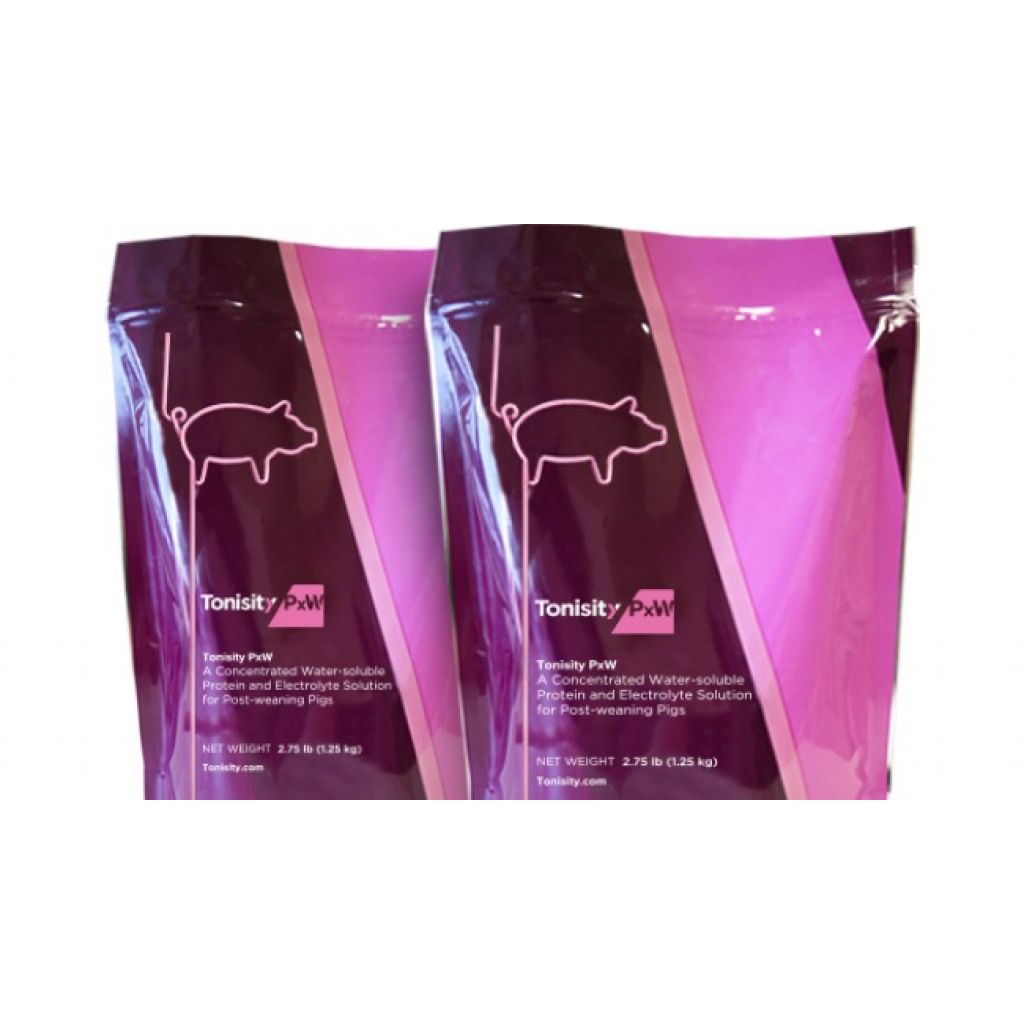The importance of prolificacy in current pig farms
In pig production, it has always been said that 90% of success is achieved through good management, and quite possibly so in most cases. In the farrowing house, good management allows farmers to wean healthier and heavier piglets. To maintain the best possible environment for the piglet and sow, the correct feeding, homogeneous distribution of the litters, management of sick piglets, disease prevention etc. must all be coordinated to ensure best practice. In the farrowing house, this correct management can mean success, but weaning more piglets per sow no longer depends only on good management practice but on having a greater number of piglets born (alive) per farrowing.
In pigs, unlike other species, not only is the fertility of the sow important but, more so it is their prolificacy. Prolificacy is the average number of total piglets born (live or dead) at farrowing. At first, all efforts in pig reproduction were directed to improving fertility. Hence, artificial insemination has allowed pig farmers to achieve fertility rates close to 94% in many farms and has not only allowed a shortened unproductive time but an increase in the production of piglets and accelerated genetic improvement.
Today's hybrid pig breeds are increasingly designed to have high prolificacy unlike pure breeds that have much lower prolificacy. A high prolificacy allows for a greater number of piglets born that, with good management, will result in a greater number of weaned piglets.
But what does prolificacy depend on?
There are two factors, external to the farm, that greatly affect prolificacy. The first is the mother’s genetics, which depends on the different genetics suppliers, where it seems that the Danish often obtain better results. Choosing the right genetics and ensuring it works on the farm is a determining factor. But there is another factor that is possibly given less importance but is in fact critical, and this is the quality of the semen dose.
Many advances have been made to have doses of the best possible quality. Currently, swine insemination centres are high-level facilities with strict biological safety standards. The controls of the doses have been taken to the extreme of analysing by PCR, if there is PRRS present in each dose before they leave the centre, the abnormal forms, the concentration of the ejaculation, the motility of the sperm are analysed. All of these only impacts about 6% of the fertility on the farm.
Although the effect on male fertility is currently very low, recent studies are showing that the quality of the seminal dose can affect up to 50% of the prolificacy, expressed in a factor inherent in the quality of sperm movement: seminal progressivity.
Progressivity is calculated as the ratio of a sperm's weighted average velocity (VAP) to its line velocity (VSL). It is a parameter that expresses the quality of the movement of a sperm within a seminal dose. It is not the ability to go in a straight line, but the ability to "advance" that the sperm has, and this is vital because it is not only important that the sperm moves but if it does not "advance" it will be very difficult for it to reach the oocyte and get it fertilised.
Therefore, and after these new discoveries, progressivity should begin to be considered as an equally or more important element within seminal quality and each farm should ask its supplier of seminal doses that, along with the important values of concentration, motility and abnormal forms, the objective value of progressivity is also included. This is because the more progressive the sperm are, the more piglets born will be achieved. If we do the rest well, of course. In the end, management almost always represents 90% of the success in pig production.
Contact:
Contact us using the following form.




